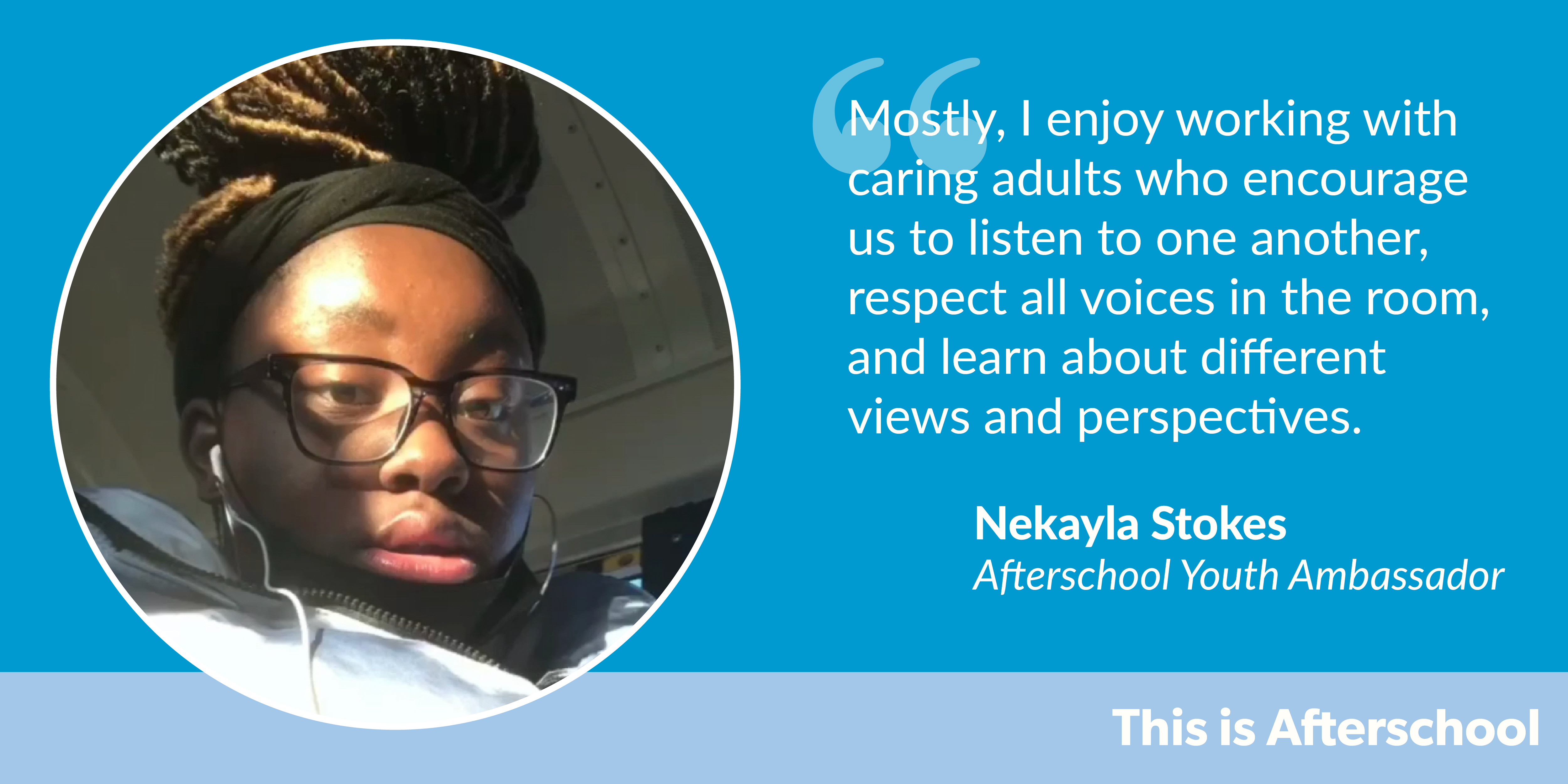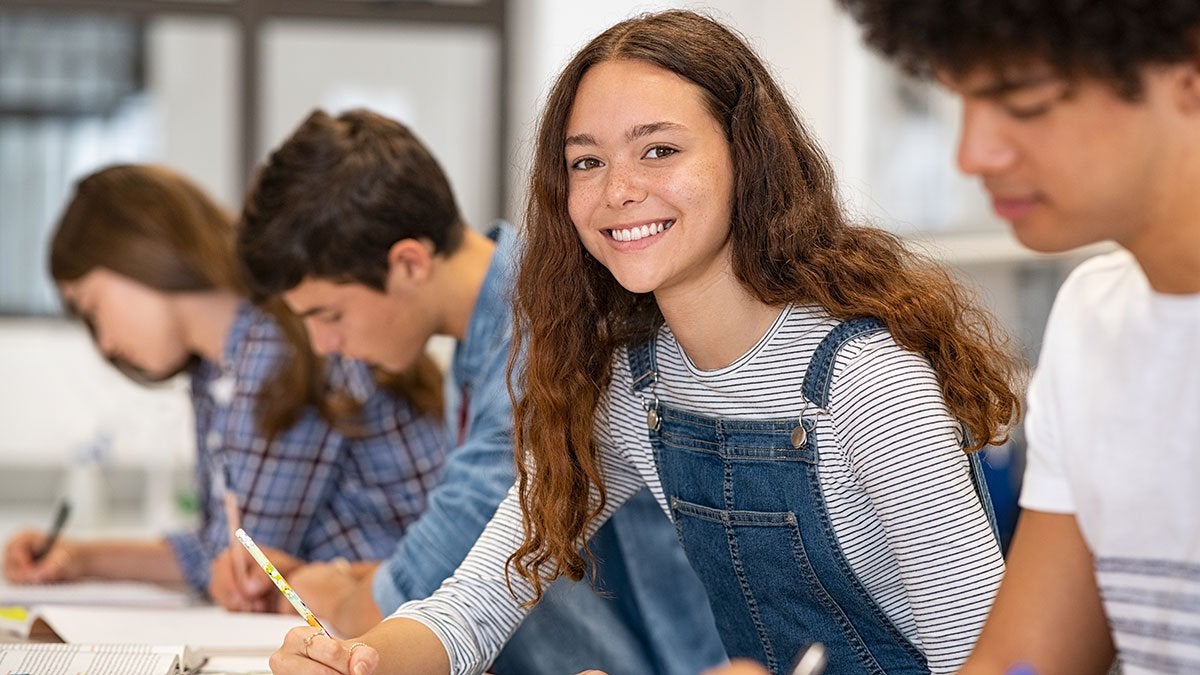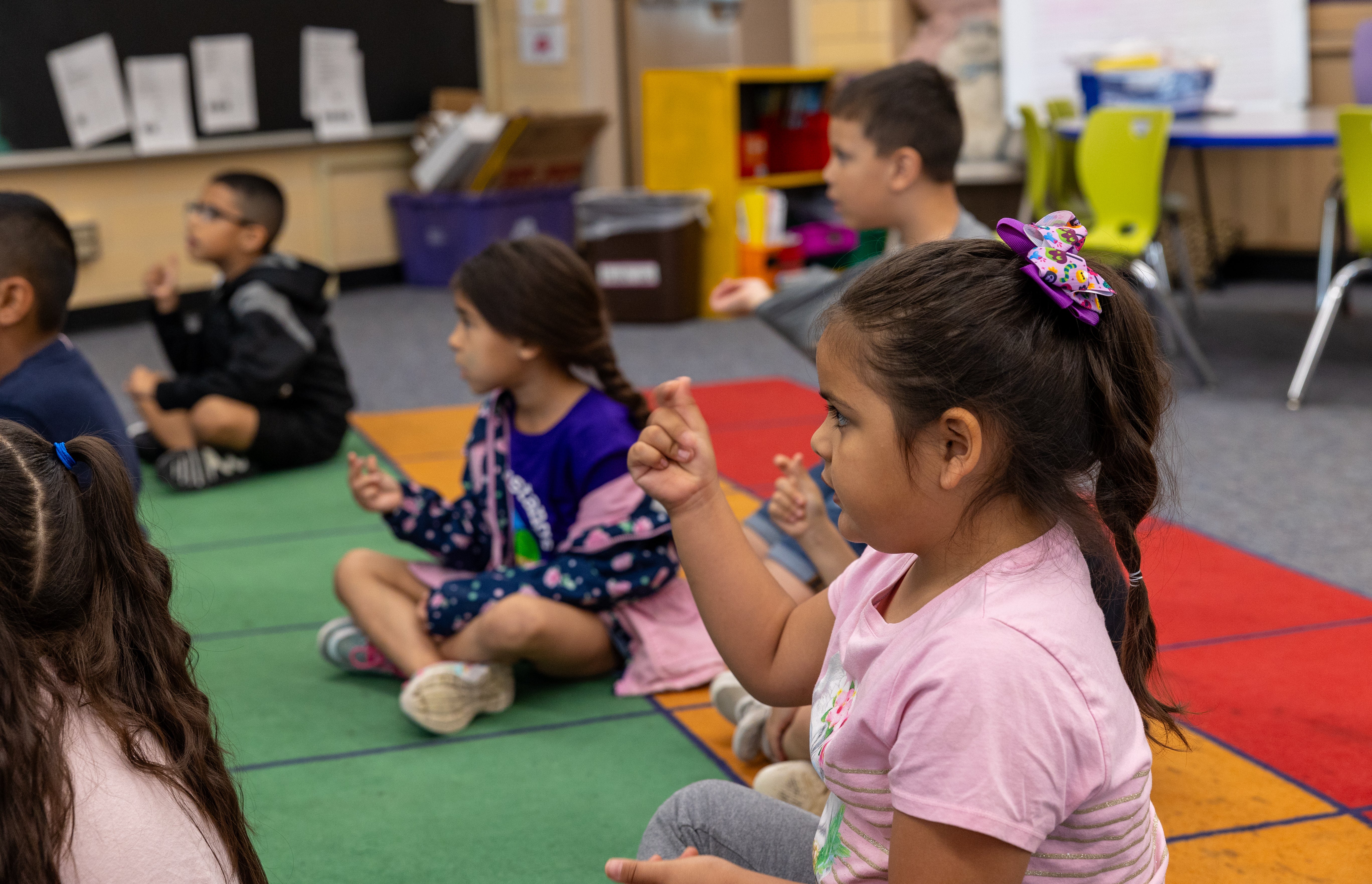Almost every headline about young people today seems to mention the learning loss and mental health challenges created by the pandemic. For good reason. The latest National Assessment of Educational Progress found that math, reading, civics, and U.S. history scores for students decreased, in some cases with scores lower than all previous assessments dating back to 2005.
School attendance as well has not returned to pre-pandemic levels, with estimates that the percentage of students who were chronically absent doubled from 8 million pre-pandemic to approximately 16 million in 2022. The prevalence of anxiety and depression among youth is also alarming. The CDC’s most recent Youth Risk Behavior Survey found that more than two in five high schoolers report feeling sad or hopeless, an increase of 50 percent since 2011, and the U.S. Surgeon General’s advisory raises the alarm about the epidemic of loneliness and isolation in the United States.
Decades of research demonstrate that afterschool and summer programs can help stem these losses. Moreover, pandemic relief funding has created a once in a generation chance to expand these opportunities for youth. Recognizing the value of afterschool and summer programs in supporting students’ well-being and academic growth, the federal government has provided upwards of $30 billion in American Rescue Plan (ARP) funding to states and localities that can be used to create or expand afterschool and summer learning.
Programs a “second home”
Because they focus on the whole child, afterschool and summer learning programs can offer enriching activities that engage young people in hands-on learning and encourage them to try new things. Staff are trained to help kids talk about their emotions, gain confidence, build healthy relationships, and heal from trauma. Research shows that kids who participate in afterschool develop strong social skills, get excited about learning, attend school more often, improve math and reading performance, and gain workforce skills.
The data is powerful, but students help us put the benefits in even sharper focus. “My program became a second home for me,” says Madelyn Hinkleman, an afterschool student in South Dakota. “A place where my friends and I felt safe…where we go to discover who we were, take risks, and try new things.”

Another student, Nekayla Stokes in Delaware, says she values “working with caring adults who encourage us to listen to each other, respect all voices in a room, and learn about different perspectives.”

Millions of students like Madelyn and Nekayla are now thriving, thanks to those ARP investments. Some standout programs have included:
- Experiential learning camps in Vermont, where youth learned how to use a compass and to identify wild edibles
- STEM offerings in Bloomington, Illinois, where the school district teamed up with community partners like the Children's Discovery Museum, Illinois State University for Math and Science, and local Boys & Girls Clubs
- Seattle’s $1 million investment in youth employment and paid internship opportunities
Tapping (and mapping) federal funds
But while strong examples exist, billions of dollars are still on the table. Of the $30 billion or so that can be invested in afterschool and summer, thus far just $6 billion has been tapped. To help spur more partnerships, the U.S. Department of Education created a special initiative, Engage Every Student, to help school districts, localities, and programs tap pandemic relief funds to support students after school and in the summer.
The Engage Every Student Initiative partners offer technical assistance to those interested, and the Afterschool Alliance and National League of Cities have developed a map featuring more than 300 examples of states, school districts, and local governments that have invested pandemic funds in programming for youth. These examples serve as inspiration and models for other communities, and they help demonstrate to policymakers the effectiveness and sound use of pandemic funds to support students after school and in the summer. As relief funding ends in 2024, showing demonstrated success will be critical to make the case for continued investments at the local, state, and federal level.
Look for community partners
The strongest examples of pandemic investments in afterschool and summer are built around partnerships with existing community providers, build on the evidence base for effective programming, and utilize the principles of expanded learning including both academic and enrichment opportunities that help support the whole child.
In Idaho, for example, an evaluation of out-of-school time programs made possible by COVID-relief funds found positive academic and social impacts. For example, 87 percent of families say the program helps their child succeed academically. More than nine in ten families say that their child enjoys attending the program and is gaining new experiences in it. In Tulsa, the school district developed a four-week summer program for 10,000 students in K-12 grades that offered a variety of activities including gardening, robotics, field trips, and academic enrichment. Students participating in the summer 2021 program showed gains in grade-level reading and math proficiency, respectively, on Northwest Evaluation Association (NWEA) assessments.
If you have tapped into federal pandemic relief funding to expand, enhance, or develop a new afterschool or summer learning program that embodies partnership, whole-child support, and evidence based practices, we encourage you to tell your story and be included on the map. To be featured, share your example using the Engage Every Student pledge form.




